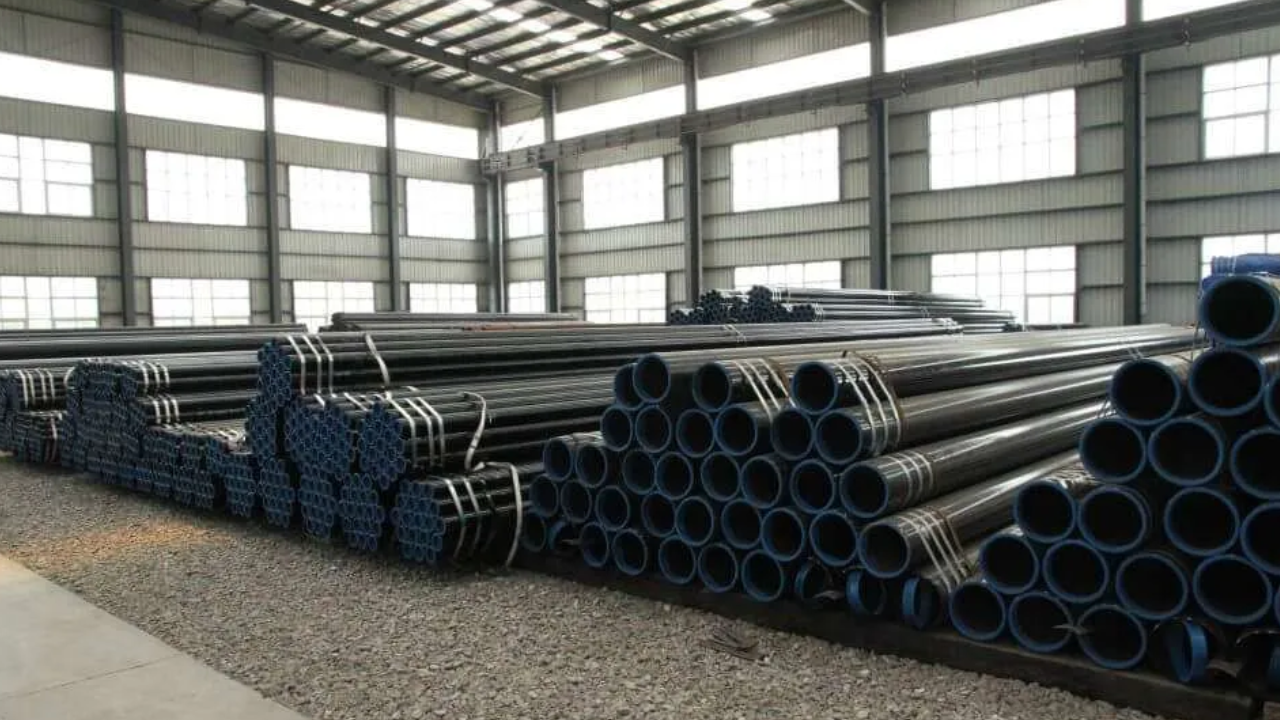The importance of choosing the proper hollow structural section (HSS) size in production cannot be overstated. HSS size functions as an important component in constructing frameworks, presenting structural integrity, performance, and safety. Selecting an appropriate HSS size immediately impacts the overall structural performance of the construction.
By referencing distinctive size charts and accomplishing rigorous calculations, they make certain that the selected profiles meet the required strength and sturdiness requirements. HSS size plays a pivotal role in optimizing material usage and production prices. Proper hss size selection facilitates decreased material waste and reduces the general weight of structural elements without compromising on power.
Factors Affecting the Selection Of HSS Size
Hollow Structural Sections (HSS) are essential to modern creation tasks, offering versatility, electricity, and aesthetic attraction. While choosing the best HSS length for an assignment, several factors come into play. This article explores these elements in detail to offer comprehensive information on how HSS size selection affects structural design, performance, and common project success.
Structural Requirements
Structural necessities encompass determining the load-bearing ability, span lengths, and help conditions for HSS size choice. Engineers examine static and dynamic hundreds to specify HSS profiles that could effectively guide predicted forces. Factors together with connection details and structural continuity are also critical, ensuring efficient load transfer and stability inside the framework. This meticulous assessment ensures that HSS profiles are chosen to meet performance expectations while adhering to protection and regulatory requirements.
Design Considerations
Layout concerns for HSS choice encompass architectural and practical requirements. Architects frequently specify HSS size based totally on aesthetic alternatives and integration with the average building layout. Functionally, HSS profiles optimize space utilization and allow for the integration of offerings in the shape. The scale and form of HSS profiles affect interior layouts and outside aesthetics, balancing visual appeal with structural overall performance to gain both useful and layout goals in creation tasks.
Material Properties
Material properties play an essential role in choosing HSS profiles. Engineers don’t forget elements together with yield strength, which impacts structural robustness and cost performance by enabling lighter designs. The modulus of elasticity impacts stiffness and deflection traits beneath the load, ensuring structural integrity. Additionally, corrosion resistance properties are evaluated based totally on environmental conditions to determine suitable coatings or steel types. Those considerations ensure that decided-on HSS profiles meet overall performance expectations while adhering to durability and protection standards.
Fabrication and Construction Considerations
Fabrication and construction considerations guide HSS size selection by assessing factors like the availability of trendy sizes, the feasibility of custom fabrication, and efficient manufacturing strategies, which include laser slicing and welding abilities. Transportation logistics, dealing with on-web pages, and meeting strategies are also essential. Engineers and builders optimize those factors to streamline production timelines, limit charges, and make certain that HSS profiles are fabricated and set up successfully consistent with undertaking specifications.
Regulatory and Standards Compliance
Regulatory and trendy compliance ensures that HSS profiles meet protection and performance standards set by organizations. Engineers and designers reference industry standards to select HSS sizes that adhere to local building codes and specifications. Compliance with those requirements ensures structural integrity, durability, and safety in construction tasks. It also allows for easy approval processes and regulatory inspections, ensuring that buildings and infrastructure meet operational requirements at some stage in their lifecycle.
Economic Considerations
Economic considerations in HSS size choice recognition include optimizing material and production charges. Engineers balance the premature costs of HSS profiles with lengthy-term benefits along with decreased upkeep and operational costs. Efficient layout selections, consisting of minimizing material waste and optimizing fabrication techniques, contribute to the usual cost and financial savings. By aligning HSS size with challenging budget constraints and financial dreams, production teams make certain that investments in structural elements guide monetary viability and project achievement.
Conclusion
Deciding on the proper HSS size for a creation venture is a complex selection that integrates structural, layout, material, fabrication, regulatory, and economic considerations. Engineers and designers rely on certain evaluations, inclusive of load calculations, aesthetic requirements, and compliance with requirements, to choose HSS profiles that supply top-rated overall performance and durability. With the aid of know-how of those factors and their interplay, creation experts can make informed selections that contribute to the fulfillment and toughness of their tasks.

